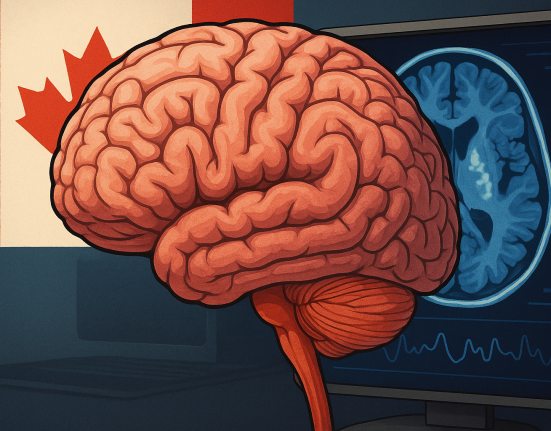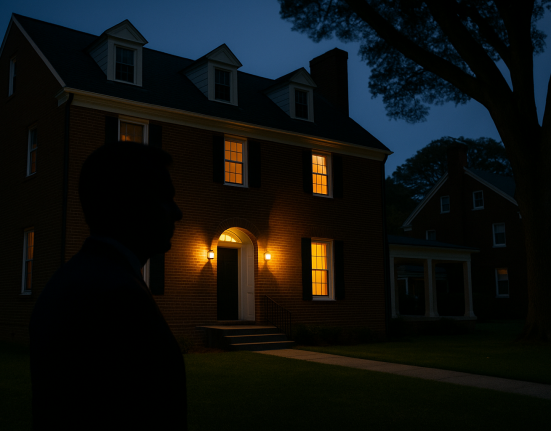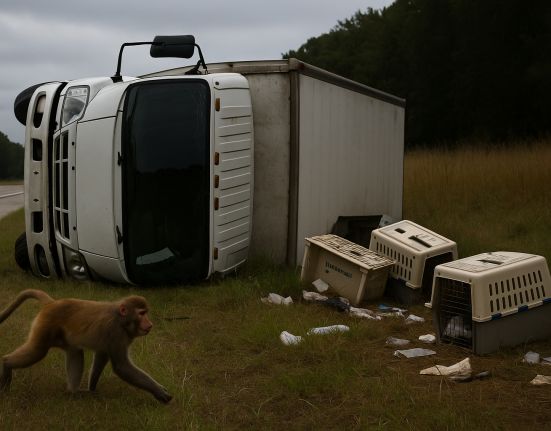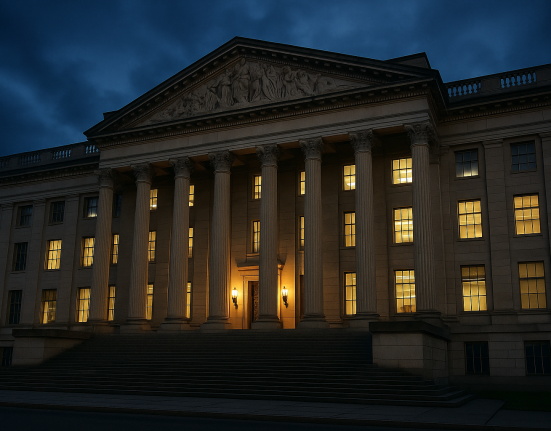On July 29, 2025, CBS News released an in‑depth review of the surveillance footage from the Special Housing Unit at Manhattan’s Metropolitan Correctional Center, where Jeffrey Epstein died in August 2019. CBS’ forensic analysis revealed multiple discrepancies between the video released by federal authorities and the earlier descriptions by officials—including Attorney General Pam Bondi and FBI leadership—regarding what the footage actually shows. Importantly, CBS confirmed that the FBI, DOJ, and Bureau of Prisons possess a version of the tape that does not include a previously noted “missing minute,” disputing claims made at the time. YouTube
Even though government sources maintain there is no intentional gap in the official video, metadata analysis indicates the widely circulated footage is likely a stitched screen capture, not a raw export, and runs about seven minutes shorter than expected—suggesting subtle editing or speed adjustment. People.com
Critical areas of the unit—such as the stairs leading to Epstein’s cell and the tier entrance—are either obscured or entirely off-camera, directly contradicting earlier statements that the footage would capture anyone attempting to enter or exit Epstein’s cell area. Forensic experts emphasized that several visual assertions made in official reports, including explanations about staff movement, do not align with the actual footage. YouTube
CBS also reconstructed the layout of the SHU based on diagrams and descriptions from the DOJ Inspector General’s 2023 report. This reconstruction revealed that the camera vantage was insufficient to support the government’s claim that no one could access Epstein’s cell without being shown on camera. CBS News
While the CBS analysis does not challenge the conclusion that Epstein died by suicide, it raises serious concerns about the credibility of the DOJ’s investigation and the integrity of the evidence presented to the public. CBS News
Key Points
- No actual missing minute: The unedited version of the jail video held by federal agencies reportedly does not include the previously speculated gap, calling into question earlier explanations by DOJ leadership. YouTube
- Video likely edited: Metadata suggests the released footage was screen-recorded and stitched, not a direct unaltered export. It also appears sped up slightly. CBS
- Camera view is limited: Key areas leading to Epstein’s cell are off-camera, contradicting official assertions that the video captured all entries and exits. Boing
- Forensic review disputes government interpretations: Experts challenge earlier claims about stair movement and officer actions; video shows ambiguities not acknowledged in federal narratives. X (formerly Twitter)
Implications & Future Outlook
- Credibility Challenge for DOJ/FBI
Public trust in official accounts has been eroded. The discrepancies may complicate ongoing efforts to quell speculation and conspiracy theories related to Epstein’s death. - Demand for Transparency Grows
Congressional pressure—led by Senate Democrats invoking the “rule of five”—seeks full access to unredacted files, including grand jury materials and additional surveillance footage. The Washington Post - Investigative Integrity Under Scrutiny
Evaluators question whether protocols surrounding jail visuals, record-keeping, and representations in court were followed correctly, prompting calls for reform in video evidence management. - Political Ramifications Continue
The case remains politically polarizing, with newly raised questions about Epstein’s connections—including to former President Trump—and earlier public dismissals of broader significance. CBS News - Focus on Forensics and Media
The episode underscores the importance of independent forensic review and journalistic scrutiny for public confidence in high-stakes investigations.







Leave feedback about this
You must be logged in to post a comment.